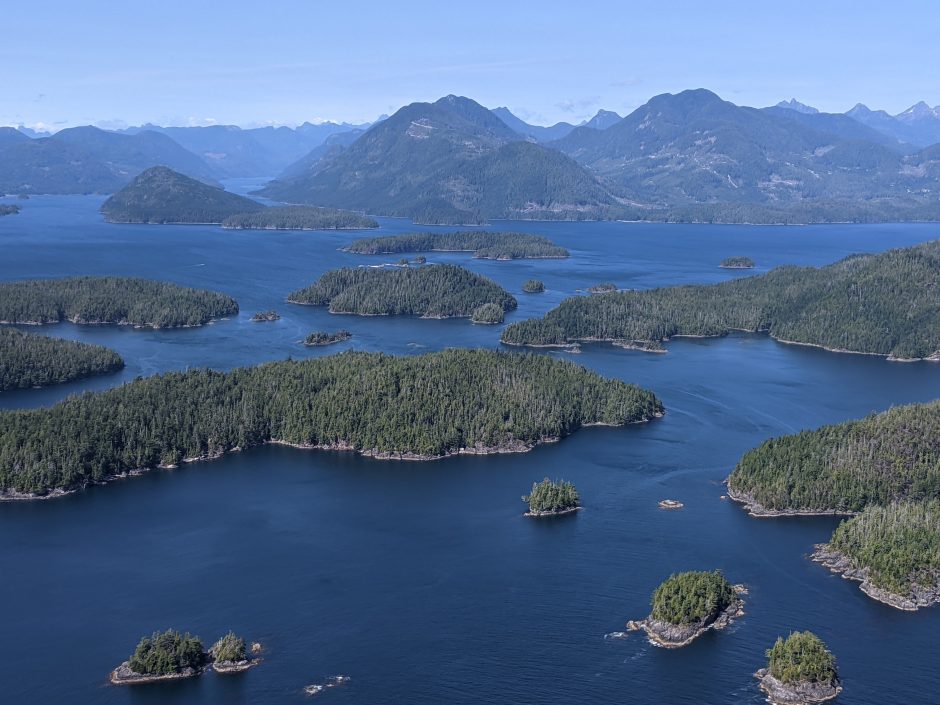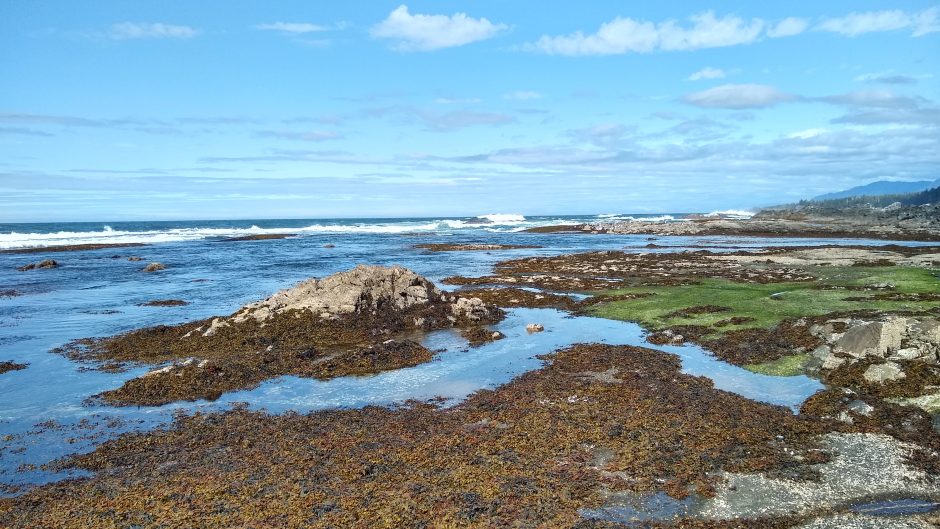
INTEGRATING AQUACULTURE, FISHERIES AND CLIMATE CHANGE
We study environmental stressors and their effects on commercial populations
With the rapid expansion and intensification of aquaculture and the depletion of commercial fish stocks world-wide, the future of fish is dependent on sustainable use of this precious resource. I am interested in the following main areas:

INTERACTIONS BETWEEN AQUACULTURE AND THE ENVIRONMENT
1.) How aquaculture sites interact with the natural environment and what mitigation strategies can be adopted to minimize impact to wild populations
2.) How environmental conditions within a closed-containment aquaculture system – such as carbon dioxide levels, temperature, salinity, feeding, light, disease, water quality, etc. – affect fish physiology, health and development

EFFECTS OF CLIMATE CHANGE ON WILD COMMERCIAL POPULATIONS
We are researching how ocean acidification, in combination with temperature, O2, salinity and food availability, affect wild commercial species, such as juvenile Pacific salmon during their ocean migration.

LOCAL VARIABILITY IN COASTAL DYNAMIC SYSTEMS AND ADAPTATION POTENTIAL TO CLIMATE CHANGE
Here we focus on how local variability in environmental factors, such as temperature, salinity, O2 and CO2 affect the resilience of early stages of fish to climate change. These include local upwelling events, air-exposure during embryonic development for tidally spawning fish, and mitigation effects of primary producers such as kelp.